Isle de Jean Charles Community Members Moved into the First Federally Funded Resettlement Project in Louisiana Despite Visible Engineering Issues
DeSmogBlog
SEPTEMBER 8, 2022
OCD justified the change by saying the state had determined not all residents on the island identified as part of the Tribe, and that limiting the project to a specific tribe could be seen as contrary to HUD’s rules and federal anti-discrimination laws. But the state scrapped these plans.


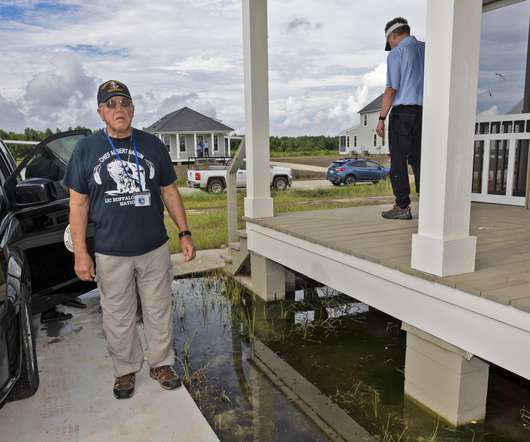
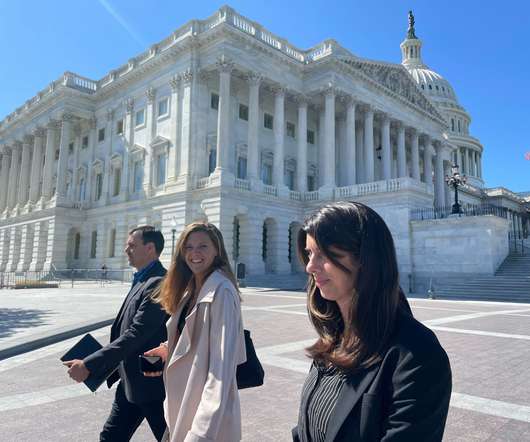
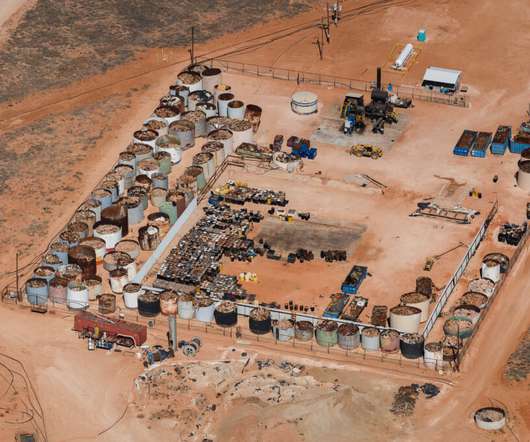

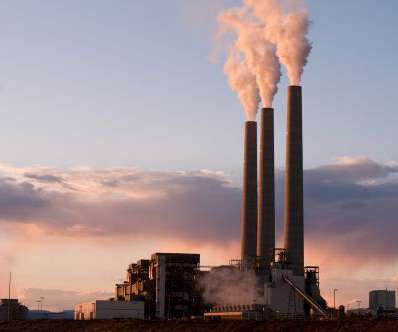


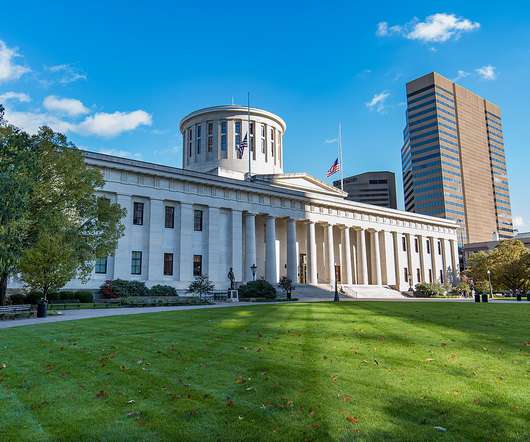








Let's personalize your content